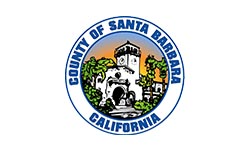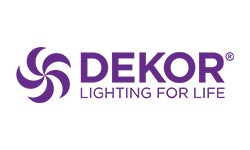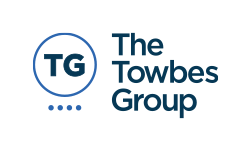Website ADA Compliance
Lawsuits targeting businesses with websites that are allegedly not ADA Compliant are on the rise. This trend started a few years ago and the first round of suits were filed against large companies like Dominoes and WinDixie, claiming that their websites were inaccessible to people with disabilities. Courts have upheld these claims, leading to a rash of new lawsuits. In fact, these types of cases have rapidly grown in the last few years from 815 in 2017 to over 3200 in 2019.
Of greater concern is the fact that small businesses have begun to be targeted. Any business that appears sufficiently successful, and has a website that hasn’t made accommodations for the disabled, is at risk. Here is a good article on the subject:
When Good Sites Go Bad: The Growing Risk of Website Accessibility Litigation
The Americans With Disabilities ACT
The ADA was signed into law in 1990, before the commercial Internet existed, so it never included any language related to accessibility for websites. The Department of Justice has taken the position that the ADA’s title III requirement that the goods, services, privileges, or activities provided by places of public accommodation be equally accessible to people with disabilities, does apply to websites.
However, they have repeatedly refused to issue any guidelines regarding HOW it applies. Because the DOJ has not provided or adopted technical guidelines for web accessibility, the law is being defined through precedent set by each new case that is been ruled on by the courts. Most of these cases are using a set of web standards called Web Content Accessibility Guidelines (WCAG) to measure the accessibility of a site. The WCAG is an evolving set of highly technical recommendations made by the W3C, an internet standards group.
What Does Web Accessibility Mean?
Accessibility in the real world has generally come to mean that a business has made accommodations for individuals in wheelchairs. It’s fairly common knowledge that businesses need to have things like wheelchair ramps and wheelchair accessible bathrooms. But what does it mean to make a website “accessible”?
Generally, website accessibility has to do with enabling people who are visually impaired to read your website. That means that the website enables assistive technologies for people with partial vision loss, all the way up to those who are completely blind. Examples of assistive technologies for partial vision loss, include features like your website being able to display all of the text in a much larger font. For those that are blind, the website needs to make sense if screen reader software is used to read the website aloud.
What Companies are Most at Risk?
Since Title III of the ADA refers to “places of public accommodation,” businesses that don’t provide public accommodation would seem to be at less risk. For example, factories, consultancies or other businesses focused on providing products or services to other businesses and not to the general public should be less at risk. This has so far been true with regard to the lawsuits that have been filed, which have to date targeted businesses serving a consumer population.
In other words businesses like hotels, restaurants, banks, wineries and retail stores appear to be most at risk at present. The current state of affairs is to some degree a “legalized racket,” as one Fox news report put it, where unscrupulous attorneys go out and find plaintiffs and go after the “low hanging fruit” – businesses that are publicly accessible, have websites that make no accommodation for the visually impaired, and appear to be relatively successful.
If the above combination describes your business, you should take rapid steps to modify your website to include some level of accommodation. If you don’t, it’s likely just a matter of time until you receive the unpleasant notification that you’re being sued.
While B2C businesses are the current target, any website that hasn’t taken steps to make their website accessible is at risk because it’s likely that, unless Congress enacts legislations that protect businesses from these types of suits, they will continue and, as the list of B2C companies become exhausted, attorneys will begin trying their hand at seeing what they might be able to get from successful B2B companies with inaccessible websites.
How Do You Make Your Website Accessible?
Since the WCAG are only guidelines and not part of any law, each website owner is left to decide to what degree they want to adhere to these guidelines. The safest thing to do would be to implement all of the guidelines, however, this can be costly and many of the guidelines are highly technical and obscure. It could definitely be argued that a website is accessible without conforming to every detail of WCAG.
Since it would be onerous for most website owners to try to wade through all of the recommendations in WCAG and decide for themselves which to implement, most website owners hire a web development company with experience in this area, and accept their recommendations.
How Much Does it Cost?
Because this is a legally grey area and because websites exist in all different sizes and levels of complexity, the cost of website ADA compliance solutions vary greatly. We have seen pricing range from $200 – $5,000 or more, with many being in the $500 – $2,000 range.
If you would like a quote to implement our solution, email us or give us a call at (805) 962-8565 x2.


































